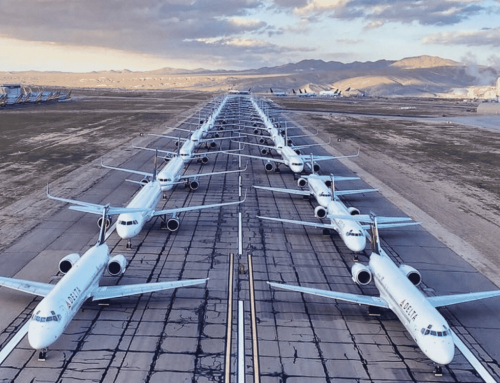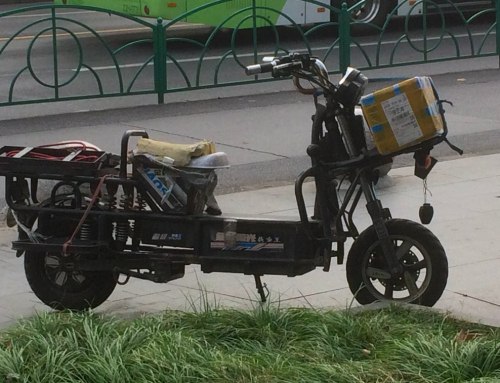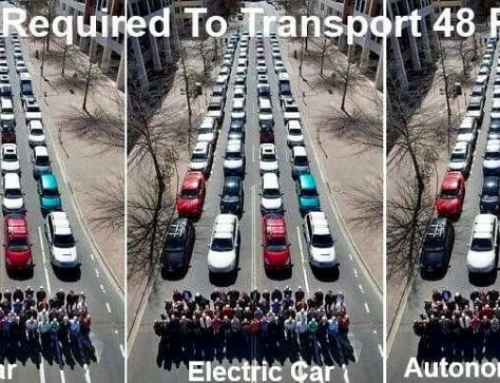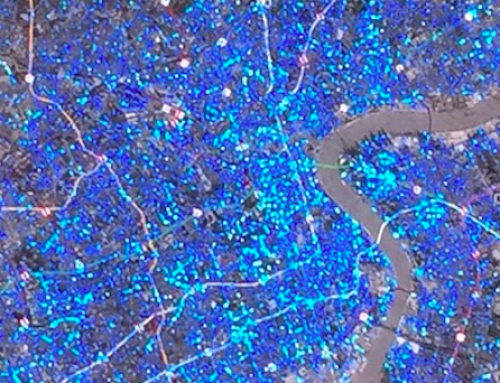A study by Transportation Alternatives found that up to 45 percent of traffic in an area of Brooklyn was caused by cars circling the streets looking for parking. And in 2006, UCLA professor of urban planning Donald Shoup calculated that, within a year, vehicles searching for parking in a small business district in LA consumed 47,000 gallons of gas and produced 730 tons of carbon dioxide.
Faced by such shocking numbers, the default reaction of some people has been to look to technology for an answer. Let’s invent a system, they resolve, that enables drivers find open parking spaces without delay. A team at Rutgers University, for example, uses ultrasonic sensors, GPS receivers and cellular networks to find empty parking spaces; they relay this information to drivers using Internet maps and navigation systems.
To optimise the search process, the Rutgers team placed ultrasonic sensors on the passenger-side door of three cars and used them to collect data on empty parking spaces over a period of two months during daily commutes through Highland Park, New Jersey. From this, the engineers developed an algorithm that used these ultrasound readings to reveal the number of available parking spaces with 95 percent accuracy. By combining this informnaton with GPS data, they were able produce maps of occupied and unoccupied spaces that were 90 percent accurate.
Enough, already!
While technically impressive, this is an absurdly over-complicated answer to the wrong question. In January 2011 alone, 4,474,00 cars were produced. We’re adding 50 million cars a year to the 600,000,000 that are already here – and for 95 percent of the time, those 600,000,000 cars sit idle, wasting space.
Systems that help people locate not-yet-wasted parking places are a technological form of spatial cancer.
Small outbreaks of low-tech sanity do exist – like this one brought to you by the team at Tucson velo:






